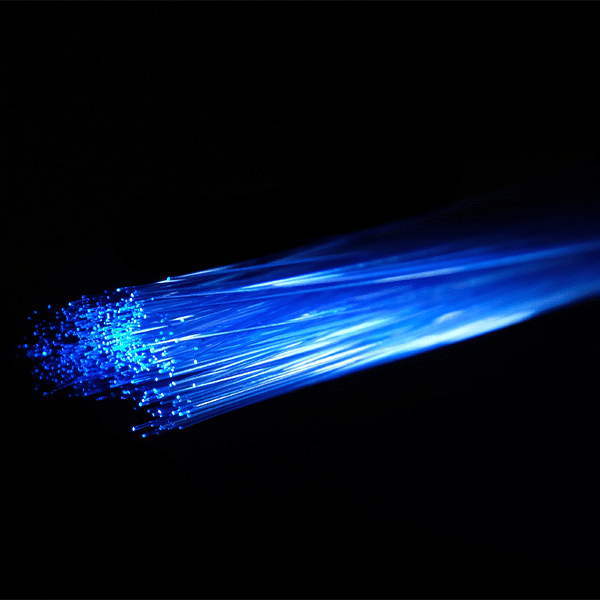 Carriers worldwide could soon benefit from G.fast research conducted by British Telecom that could boost the performance of the broadband technology by a factor of two, said Adtran Head of Strategic Solutions Marketing Kurt Raaflaub in an interview yesterday. Modifications to G.fast technology suggested by BT — such as enabling higher bits per tone and lowering the noise floor — are included in a G.fast Amendment 2 of the emerging broadband standard, which will be used in field trials in 2016, Raaflaub said.
Carriers worldwide could soon benefit from G.fast research conducted by British Telecom that could boost the performance of the broadband technology by a factor of two, said Adtran Head of Strategic Solutions Marketing Kurt Raaflaub in an interview yesterday. Modifications to G.fast technology suggested by BT — such as enabling higher bits per tone and lowering the noise floor — are included in a G.fast Amendment 2 of the emerging broadband standard, which will be used in field trials in 2016, Raaflaub said.
G.fast technology relies on a fiber connection to a neighborhood distribution point and uses existing copper wiring from the distribution point to the customer. It aims to offer speeds approaching those of fiber-to-the-home without requiring the same level of capital investment.
G.fast Amendment 2
Different companies have made different claims about G.fast performance. Raaflaub offered what he said were real-world performance levels. He said G.fast initially was designed to support download speeds of up to 1 Gbps over copper connections of up to 100 meters. But as he noted, gigabit speeds generally were possible only over distances in the range of 15 to 20 meters. Equipment supporting G.fast Amendment 2, however, should support real world “near-gigabit” download speeds over distances of 50 meters (about 200 feet) – and should be able to provide symmetrical gigabit service over dual copper pairs, he said.
Telecompetitor checked in with Raaflaub yesterday as Adtran was getting set to make today’s announcement that the company will be participating in a BT trial of G.fast technology involving a total of about 2,000 homes in Huntingdon, Cambridgeshire, U.K. Competitive broadband equipment vendors Alcatel-Lucent and Huawei previously announced their participation in BT’s G.fast trials.
Unlike those companies, Adtran does not currently supply BT with broadband access equipment, Raaflaub said. But Adtran does have experience with installations that involve bringing fiber to the distribution point as a result of its work with ultra-broadband Ethernet equipment, which the company launched several years ago.
BT is already thinking beyond G.fast to an emerging enhanced version of the technology known as XG.fast that aims to deliver even faster speeds. Back in October the carrier conducted lab tests of XG.fast to ensure that G.fast technology would have “headroom” for future upgrades, a BT executive said at the time.
